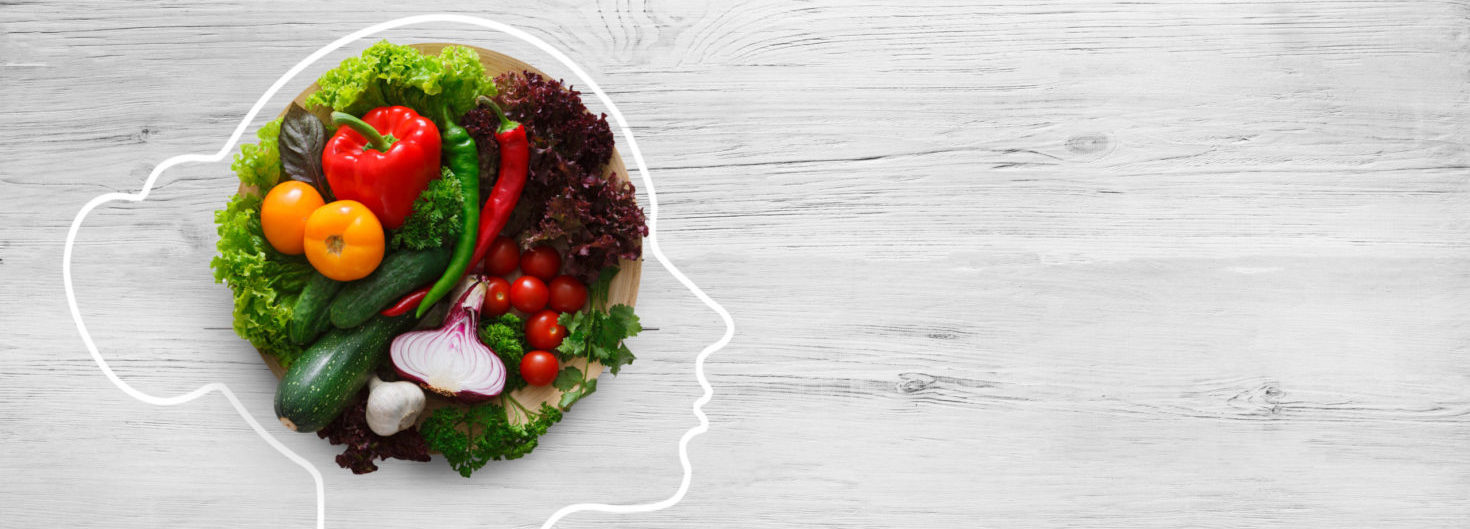
Oxalates, or oxalic acid, are a naturally occurring chemical compound in food. They are an anti-nutrient, bound to minerals in food, that must be broken down by gut bacteria before being excreted in urine. Some examples of high-oxalate foods include: beets, chard, spinach, rhubarb, amaranth, quinoa, buckwheat, almonds, peanut butter, sesame seeds, sweet potatoes, potatoes, berries, and spices.
Oxalates are normally metabolized and eliminated from the body. But sometimes, they are not, and can accumulate and cause problems. Oxalates are what binds to calcium in the gut and can form crystals that turn into kidney stones. But they can also cause inflammation elsewhere in the body, and they just happen to be present in much higher amounts in children with autism.1
References
- Konstantynowicz, J., Porowski, T., Zoch-Zwierz, W., Wasilewska, J., Kadziela-Olech, H., Kulak, W., Owens, S. C., Piotrowska-Jastrzebska, J., & Kaczmarski, M. (2012). A potential pathogenic role of oxalate in autism. European journal of paediatric neurology : EJPN : official journal of the European Paediatric Neurology Society, 16(5), 485–491. https://doi.org/10.1016/j.ejpn.2011.08.004
